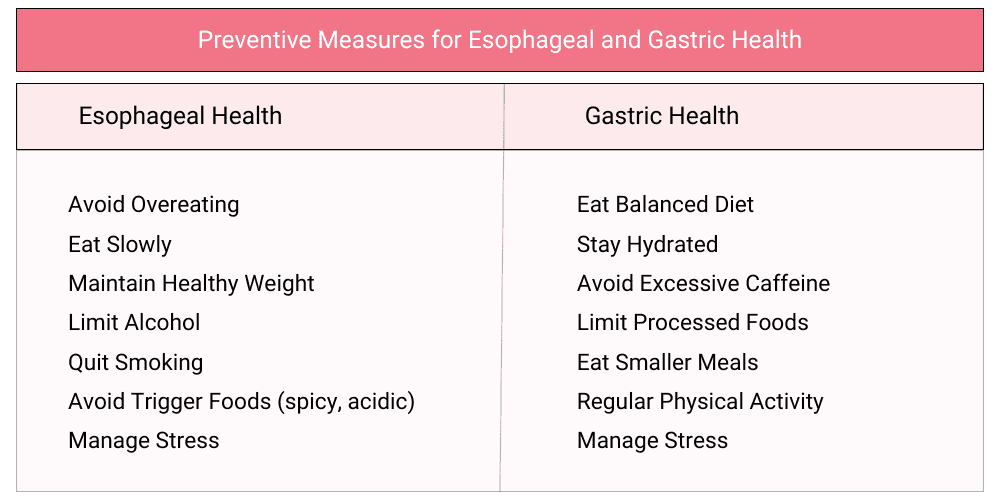Portal hypertension is characterised by increased blood pressure in the portal vein and other veins of the portal venous system. The portal venous system is a collection of veins functioning to carry the blood from the abdomen to the liver, and kidneys. The portal vein serves as the main blood vessel in the portal venous system.
When the portal vein's regular blood circulation is interrupted by obstructions, blockages, blood clots, infections, etc., it leads to higher pressure in the portal vein and the entire portal venous system, which in turn impacts other veins, resulting in enlarged, stretched, and weakened veins, and also leak fluids into the abdomen. The signs of portal hypertension only become distinct once complications start to arise. Common symptoms may include blood in the stool, leg swelling, bloating, and other related conditions.
The common causes of portal hypertension include,
You might have wondered why to undergo another surgery following previous surgeries. You had hoped that the surgery would be the ultimate solution.
Nobody desires to undergo a second procedure for a problem that should have been addressed during the initial surgery, but not everything goes as planned, and various complications & surgeries may necessitate revision surgery such as joint replacement, bariatric surgery, hernia repair, hip dislocation, knee replacement, scar revision, etc.
Revision surgery, also known as re-operative surgery, is a procedure performed to address issues and changes that may arise after an initial surgery and require correction, improvement, or adjustments.
It is a condition where the intestine or stomach abnormally connects with the skin, causing digestive fluids and other contents of the stomach or intestine to leak through the skin, and resulting in a fistula opening. Enterocutaneous fistulas are often caused by factors such as bowel surgeries, inflammatory bowel disease, peptic ulcers, abdominal trauma, and more.
Enterocutaneous fistulas result in the leakage of intestinal and stomach contents, leading to potential effects such as dehydration, malnutrition, and diarrhoea. Diagnosing enterocutaneous fistulas involves different tests like a CT scan, esophagram, and fistulogram. Treating enterocutaneous fistulas usually requires surgical closure of the fistula.
You may have probably heard about weight loss surgery and have pondered its purpose and effectiveness in managing weight.
Weight loss surgery, or bariatric surgery, is a highly effective treatment designed to help individuals with severe obesity lose weight. Severe obesity or Class III obesity is a state in which individuals are unable to lose weight despite dietary and lifestyle changes.
Bariatric surgery is a type of minimally invasive surgery that can assist in changing the amount of food consumed or the body's ability to absorb calories and fat. There are different types of bariatric surgery, including:
Gastric Sleeve: This type of surgery involves removing about 80% of the stomach and leaving behind a small tube-shaped stomach-like sleeve. It helps with the reduction in the amount of food intake.
Gastric Bypass: Also called roux-en-Y gastric bypass, this procedure involves changing the size of the stomach by making it smaller and bypassing a section of the small intestine. This method helps limit food intake and decrease the absorption of calories.
Biliopancreatic Diversion with Duodenal Switch (BPD/DS): This procedure involves combining gastric sleeves: removing the majority of the stomach and bypassing most of the small intestine. This procedure helps with limiting food intake and reducing calorie, and nutrient absorption.
Neoplasms are abnormal tissue growths that can either be benign (noncancerous and non-spreading) or malignant (cancerous and spreading to other areas). The stomach, duodenum, pancreas, and biliary tract are components of the digestive system and play an essential role in food digestion, nutrient absorption, and waste disposal.

The colon - commonly called the large intestine is a vital part of the digestive system and plays a key role in breaking down food, absorbing nutrients, and managing and storing waste. The colon is located below the stomach. Diverticular disease is a condition where small pouches called diverticula develop in the colon/large intestine. It is typically caused by factors such as a diet low in fibre, age, obesity, etc. Diverticular disease of the colon is of two types:
The abdominal region houses various organs like the stomach, pancreas, intestines, liver, gallbladder, and more. Abdominal masses are abnormal growths/lumps or swelling within the abdominal area. These swelling and lumps are caused by cysts, fibroids, inflammation, enlarged organs, cancer, gallbladder tumours, and other associated issues. Typical signs of abdominal masses include changes in bowel movements, a noticeable bump, bloating, and abdominal discomfort. Abdominal masses can be identified through imaging examinations such as ultrasound, MRI, CT scans, and blood tests, as well as biopsies.
Treatment of abdominal masses depends upon the cause of the mass:
|
Treatment Type |
Purpose |
|
Medication |
Inflammation & infections |
|
Surgery |
Removal of tumours & cysts |
|
Cancer Treatment |
For malignant masses, chemotherapy |